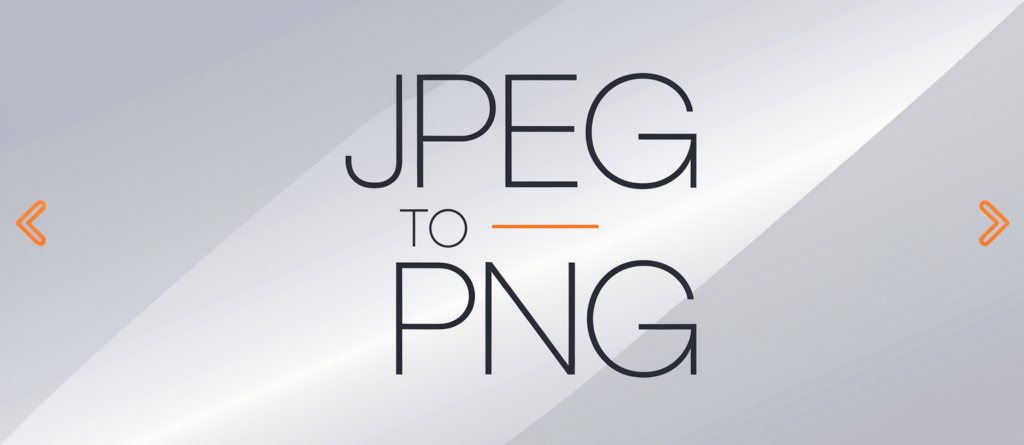JPEG to PNG: A Comprehensive Guide to Converting Your Images
When working with digital images, you’ll often encounter two popular file formats: JPEG and PNG. Each has its strengths, but there are times when converting from JPEG to PNG becomes necessary. Whether you’re a graphic designer, a blogger, or just someone who enjoys editing photos, understanding the differences between these formats and how to convert them can be a game-changer.
Why Convert JPEG to PNG?
JPEG (Joint Photographic Experts Group) is a widely used format that excels at compressing images to reduce file size, making it ideal for web use. However, this compression often comes at the cost of quality, especially when an image is saved multiple times. On the other hand, PNG (Portable Network Graphics) provides lossless compression, preserving the image’s quality regardless of edits.
Here are some common reasons to convert JPEG to PNG:
- Transparency Support: PNGs support transparent backgrounds, making them perfect for logos, icons, and layered designs.
- Better Quality: PNGs maintain image quality and avoid pixelation, even after multiple edits.
- Detailed Graphics: If your image contains intricate designs, text, or sharp edges, PNG ensures clarity.
- Web Design Needs: Many web projects require PNG for its flexibility and sharp visuals.
Steps to Convert JPEG to PNG
Converting JPEG to PNG is easier than you might think. Here are some practical tips and tools to make the process seamless:
1. Use Online Converters
Online tools are a fast and hassle-free way to convert JPEG to PNG without installing software. Websites like TinyPNG, Zamzar, and CloudConvert allow you to upload your JPEG file and download the PNG version within seconds.
Tips:
- Ensure you use a trusted website to avoid compromising your data.
- Opt for sites that allow batch processing if you have multiple images to convert.

2. Leverage Built-In Tools
Your computer or smartphone may already have built-in tools to convert JPEG to PNG. For instance:
- On Windows: Open the image in Paint, click “File,” select “Save As,” and choose PNG as the format.
- On macOS: Use Preview to open the JPEG file, then go to “File > Export” and select PNG.
- On Smartphones: Apps like Google Photos or default gallery editors often include an “Export” or “Save As” option to change formats.
3. Try Free Software
If you’re working offline or need more control over the output, consider free software like GIMP or IrfanView. These programs allow you to convert JPEG to PNG with additional customization options, such as adjusting transparency and color settings.
4. Use Professional Editing Tools
For high-quality results, professional tools like Adobe Photoshop or Affinity Photo are excellent choices. These programs give you complete control over the conversion process, including the ability to edit the image before saving it as a PNG.
Tips:
- Check the resolution and ensure the quality remains intact.
- Save a copy of the original file in case you need to revert changes.
Best Practices for JPEG to PNG Conversion
To ensure a smooth and efficient conversion process, follow these best practices:
- Optimize File Size: PNG files tend to be larger than JPEGs. Use tools like TinyPNG or Adobe’s Export feature to compress the PNG without losing quality.
- Preserve Transparency: If you’re converting for transparency purposes, remove the unwanted background in your editing tool before saving.
- Batch Processing: Converting multiple files? Use software or online tools that support batch conversion to save time.
- Test Compatibility: Not all platforms or applications handle PNGs well. Check compatibility with your intended use, such as website uploads or app development.
Common Challenges and How to Overcome Them
While converting JPEG to PNG is straightforward, you may encounter some challenges:
- File Size Issues: PNGs are larger, which can be a problem for websites or storage. Compress the PNG file using tools like TinyPNG or OptiPNG.
- Quality Loss in Source File: If your JPEG is already of low quality, converting it to PNG won’t improve it. Start with the highest-quality JPEG possible.
- Transparency Problems: If the background isn’t removed correctly during editing, the transparency may not work as expected. Use precise tools like Photoshop’s Magic Wand or GIMP’s Fuzzy Select to clean up backgrounds.
Wrapping Up
Converting JPEG to PNG offers a wealth of benefits, from maintaining image quality to enabling transparent backgrounds. With the right tools and techniques, you can seamlessly make the transition while optimizing your files for any project. Whether you choose online converters, built-in tools, or professional software, the process is quick, efficient, and easy to master.
So the next time you need to upgrade your images, remember these tips and make your JPEG to PNG conversion effortless!
